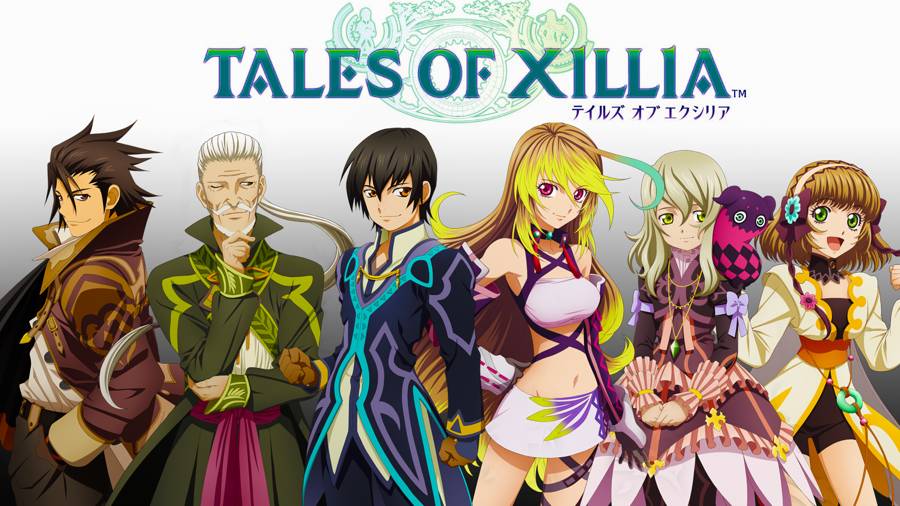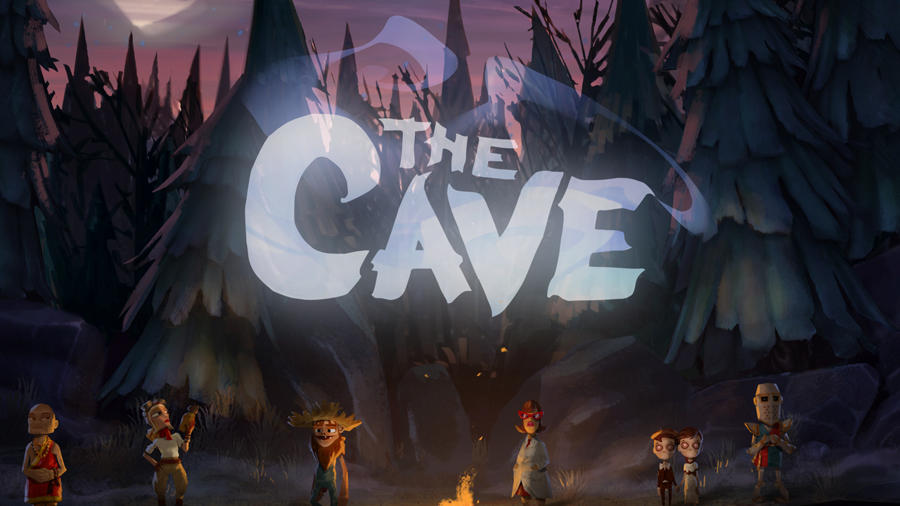

The Challenge: A role playing game should be versatile. It should allow various different types of characters, all of whom can interact effectively with each other. However, game balance alone is not the only difficulty when making a versatile game. The fifth challenge of creating an RPG comes into play: the challenge of game consistency.
Although players like variety, the point of having a role playing game system at all is to impose some degree of functionality to the game rules. Available abilities, what level of power the characters have to be to do certain things, and so on. This is game consistency, the ability for players who understand the basic rules to generally predict how individual rules will interact with the game as a whole.
An RPG displays its consistency in a number of ways. Character power is chief among them. Although one might say that any foe can be dangerous, a character who can reliably take on an adult dragon should not have to fear a street urchin with a knife in anything that even vaguely resembles a fair fight. A character who can spot the rare and subtle mistakes of a master assassin should have little difficulty locating a scared child hiding beneath a table. Extenuating circumstances might apply—if the warrior is sleeping or the scout isn’t even paying attention to its surroundings, for example—but generally speaking, characters of a given level of power should always possess the advantages of that level.
The basic game rules and rules for character design are also important. If the monsters and villains have different design rules than the characters, it leads to inconsistency. An individual group might purposefully limit character options based on genre or level of power (you simply cannot play an ancient dragon if the story is for low-level adventurers). However, this is the group’s prerogative. If the game applies the limits for them, it inhibits both variety and consistency, because now the game either shortchanges or overpowers the players’ characters in comparison to the opponents they will encounter.
The Risk: An inconsistent game runs a greater than normal risk of being an imbalanced game. The same rules should apply in all situations. If they don’t, it creates a loophole to exploit. You might think that offering lower-power characters certain advantages (beginner’s luck, maybe) over much stronger foes, but all this does is cheapens the value of character power and compromises the consistency of the game. If characters of different levels of skill exist in your RPG, they should have all due advantages over less adept individuals.
An inconsistent game also prevents the players from fully understanding the game rules as an overview. They have to learn every single detail to prepare themselves effectively for a game. Sure, this level of preparation is laudable and often tactically valuable in any case, but it should not be a requirement. A role playing game remains just that—a game. The moment it becomes more work than fun, it ceases to be successful, no matter how versatile or balanced it may be.
An inconsistent RPG often makes players feel like they don’t actually have any control over the flow of the story, always a bad thing. As was noted in a previous article, if players wanted to passively watch a story unfold around them, they could read a book or watch a movie. Inconsistency limits the player’s ability to make rational choices, because there may always be some other rule or modification that throws them off. This example may hold true only in extreme cases of inconsistency, but remains an important point to note.
Inconsistency doesn’t always weaken players, though. It also threatens balance by creating loopholes. In an inconsistent RPG, certain things follow different rules, and some of those rules are probably more or less beneficial than other ones. A cunning player will notice these options, and learn how to exploit as many as possible to create a much more powerful character than the game intends.
The Solution: The reason that I continue to use the preference system for QoTR is because it solves so many of these challenges in and of itself. If all characters, player and referee alike, follow the same rules for character design, have the same availability of abilities, and get the same benefits and limitations from their choices then the game maintains consistency.
The preference system not only helps consistency by keeping the rules working the same, but also by allowing players to choose their abilities regardless of character type. A mage can be stealthy and resistant to damage—necromancers, nature mages, and earth/air elementalists would all fit easily into that category. A warrior can attack multiple foes at once using swift weapon katas. A rogue can heal using pilfered devices or herbal potions brewed with the same knowledge that it uses to create lethal poisons. In this way, consistency actually improves variety, rather than opposing it.
Game consistency allows players to get the most out of a role playing game by understanding all the rules, and being able to utilize them effectively. An inconsistent game runs the risk of overpowering or shortchanging players due to loopholes and unexpected rules. By using the same rules for all characters, the game maintains consistency and can even offer improved variety, without sacrificing game balance.
Copyright © 2006 Dustin Schwerman.
Dustin Schwerman has been playing RPGs for over a decade, using an analytical approach to critically evaluate the game systems (and so to create the most powerful characters he could get away with). He used the extensive experience gained doing so to create his own game, Quests of the Realm. QoTR focuses on unlimited character customization, relying on its author’s understanding to detect and counter game-breaking power plays. Though balanced, QoTR still allows players to create highly effective characters and run them through heroic story lines. To contact Dustin, read more of his writings, or learn more about Quests of the Realm, visit his web site, Quellian-dyrae.




 Best of gamescom 2012
Best of gamescom 2012 . GOTY 2014 – Brett Phipps
. GOTY 2014 – Brett Phipps Minecraft Mod Examination: Climate Control
Minecraft Mod Examination: Climate Control Fallout 4: Wasteland Survival Guide
Fallout 4: Wasteland Survival Guide How To Fly In Minecraft | Minecraft Single Player Commands Mod
How To Fly In Minecraft | Minecraft Single Player Commands Mod